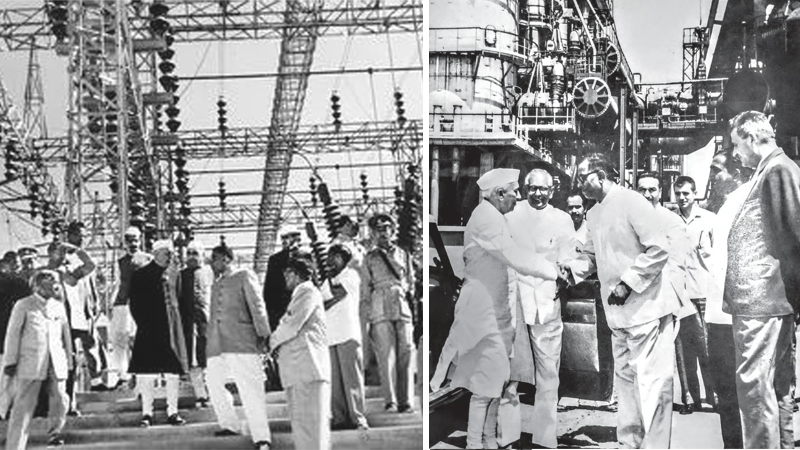Crony Capitalism and the Shrinking Space for Small Enterprise
Editorial
Sanae Takaichi: Japan’s Iron Lady and the Politics of Continuity
Japan has turned a historic page. With the election of Sanae Takaichi as the country’s first female Prime Minister, a centuries-old glass ceiling has finally cracked in one of the world’s most patriarchal democracies. Yet, beneath the symbolism of gender progress lies a deeper question: will Takaichi’s rise mark a true transformation in Japanese politics, or simply the continuation of an old order under a new face?
At 64, the conservative leader and protégé of the late Shinzo Abe embodies the ideological core of the ruling Liberal Democratic Party (LDP)—nationalist, traditionalist, and fiscally cautious. Dubbed Japan’s “Iron Lady” for her steely resolve and admiration for Margaret Thatcher, Takaichi’s leadership reflects the LDP’s preference for strength and stability amid political turbulence. She becomes Japan’s fourth Prime Minister in five years, inheriting a nation weary of short-lived governments and an economy grappling with high inflation, rising costs, and social discontent.
Takaichi’s economic outlook remains firmly anchored in Abenomics, the blend of monetary easing and fiscal stimulus that once spurred growth but also left Japan with towering public debt. Her challenge is formidable—to revive domestic demand without deepening fiscal vulnerability. With inflation biting and wages stagnant, the new Prime Minister must walk a tightrope between economic pragmatism and ideological conviction.
Diplomatically, her first major test looms large. U.S. President Donald Trump’s visit to Tokyo later this month will demand deft handling. While Trump has hailed her as a “highly respected person of great wisdom,” managing Japan’s alliance with the U.S. under his unpredictable leadership will require subtlety, not just personal rapport. The stakes include trade tariffs, defense cooperation, and Japan’s strategic position in an increasingly tense Indo-Pacific.
Beyond economics and diplomacy, Takaichi faces the harder task of restoring faith in politics itself. The LDP is bruised by scandals and voter apathy. To rebuild trust, she must offer not only competence but compassion—policies that address the everyday anxieties of ordinary Japanese citizens.
Sanae Takaichi’s ascension is historic, but history will judge her not by the barrier she broke, but by the direction she leads Japan toward. Will she merely be Japan’s first female prime minister—or its first transformative one?
Mahagathbandhan’s Last-Minute Scramble: A Recipe for Electoral Disaster in Bihar?
As Bihar’s Assembly elections approach on November 6 and 11, 2025, the opposition Mahagathbandhan alliance teeters on the brink of collapse, prompting Congress to rush veteran Ashok Gehlot to Patna. His mission: salvage unity with Rashtriya Janata Dal (RJD) amid a seat-sharing deadlock, internal clashes, and strategic missteps that threaten to hand the BJP-JD(U) combine an easy victory.
The core issue is RJD’s domineering approach, frustrating Congress and smaller allies. Seat-sharing talks, dragging on for two months, have left Congress scrambling to finalize candidates, with 53 cleared but five key seats still contested. Reports highlight 10 constituencies with “friendly fights,” including four direct Congress-RJD face-offs, fragmenting votes and gifting the NDA a narrative of opposition disarray. RJD’s exclusion of allies like JMM, while reluctantly accommodating VIP only after Congress intervention, exposes its “unaccommodative attitude,” undermining coalition chemistry.
The absence of a joint seat announcement or manifesto release further dents the alliance’s credibility, squandering momentum from the united “Voter Adhikar Yatra” led by Rahul Gandhi and Tejashwi Yadav. RJD’s insistence on projecting Tejashwi as the chief ministerial face, while unopposed by minor allies, stirs unease in Congress, which sees ambiguity as strategically wiser in Bihar’s caste-driven politics. This dynastic push risks alienating voters wary of family dominance.
Gehlot’s Wednesday meeting with Tejashwi and state in-charge Krishna Allavaru, followed by a planned Thursday presser, aims to project unity and kickstart a joint campaign with Rahul’s involvement. Yet, the damage from delayed cohesion and internal rifts may be irreparable. In a state where alliances hinge on caste arithmetic and thin margins, this infighting plays into the NDA’s hands, which has smoothly finalized its strategy. If the Mahagathbandhan fails to forge genuine synergy, Bihar’s voters—frustrated by unemployment and governance failures—may dismiss them as unreliable. Gehlot’s blitz might delay disaster, but without compromise, the alliance faces electoral oblivion.


 SAS Kirmani
SAS Kirmani










